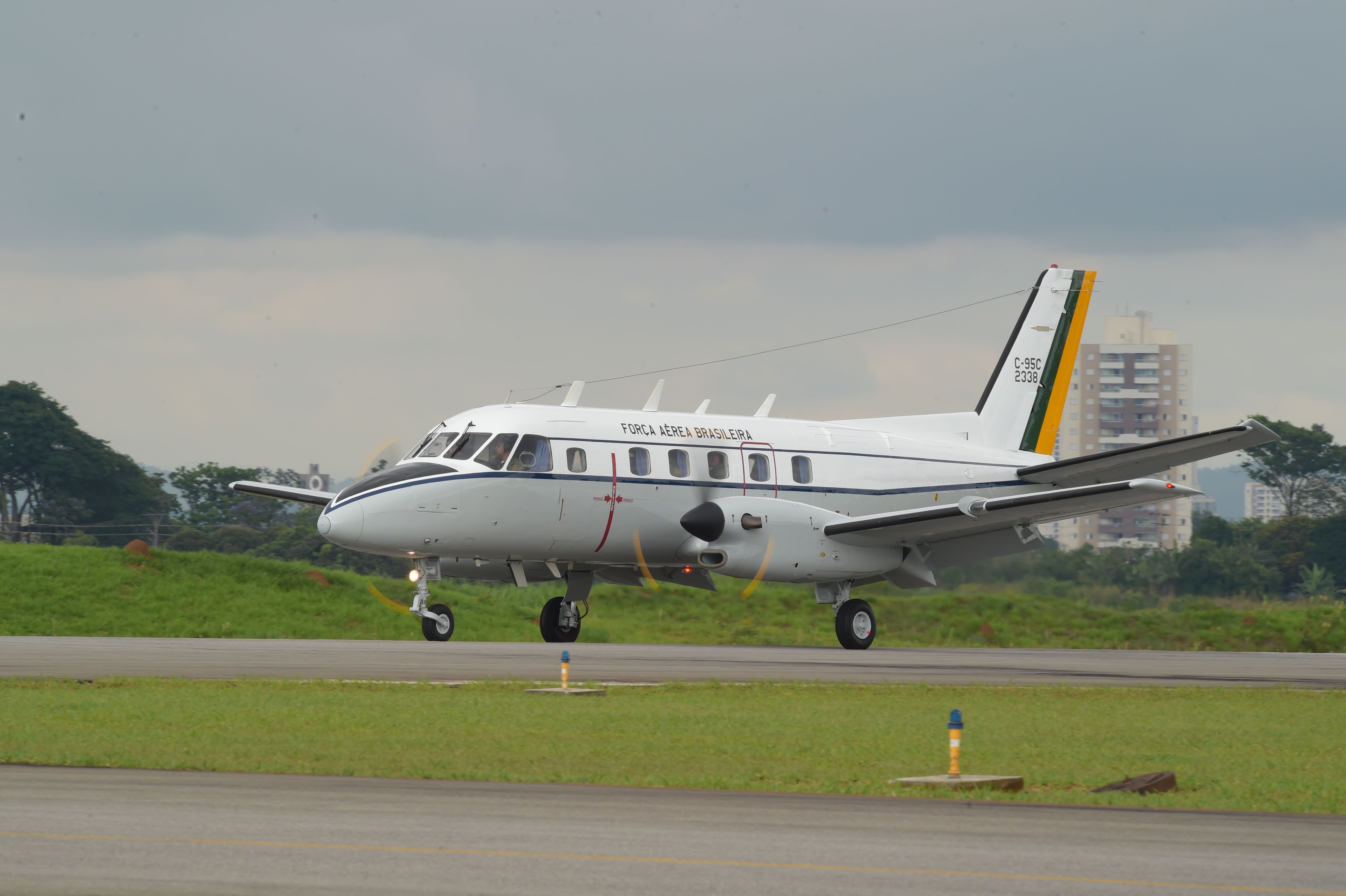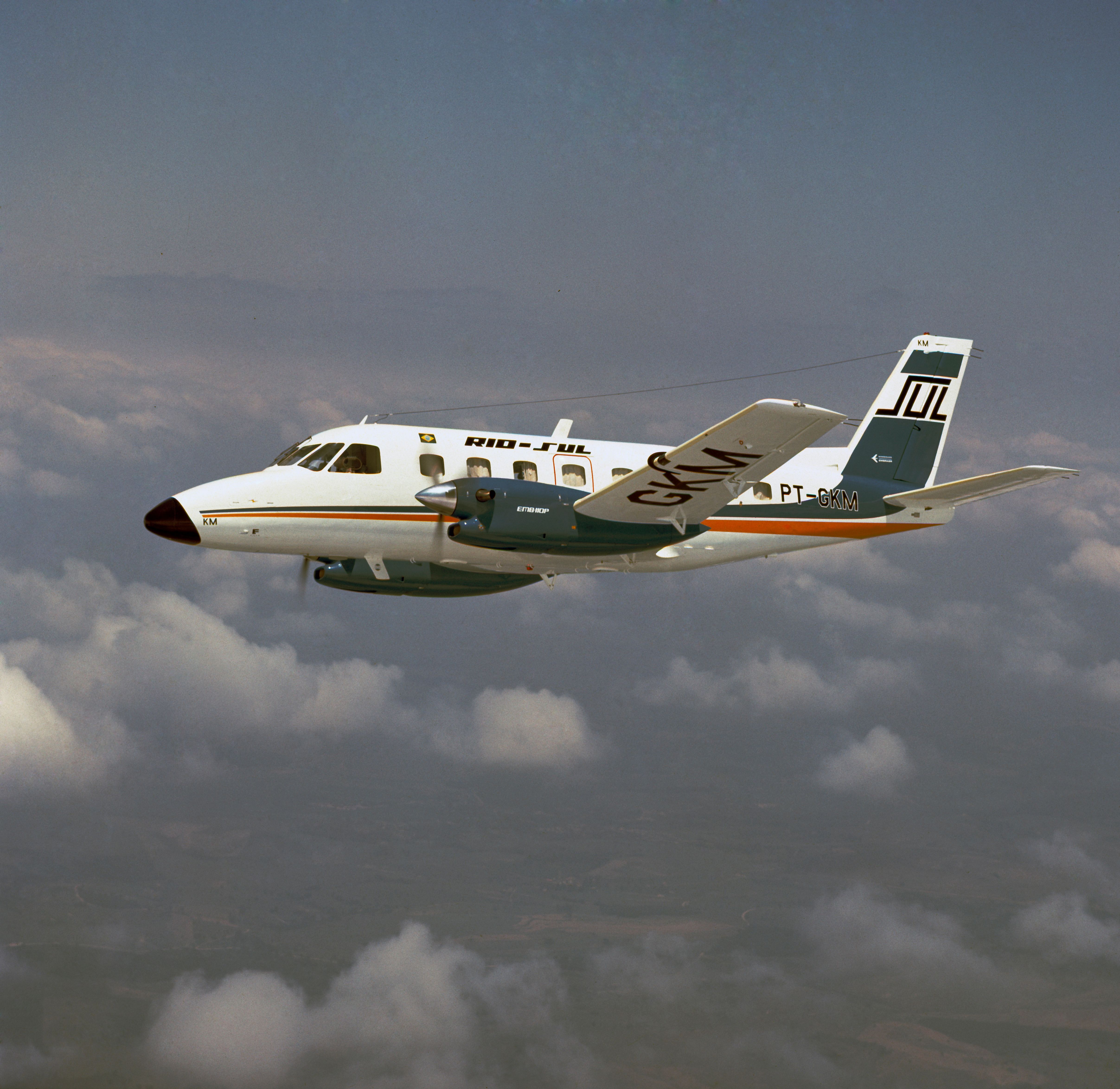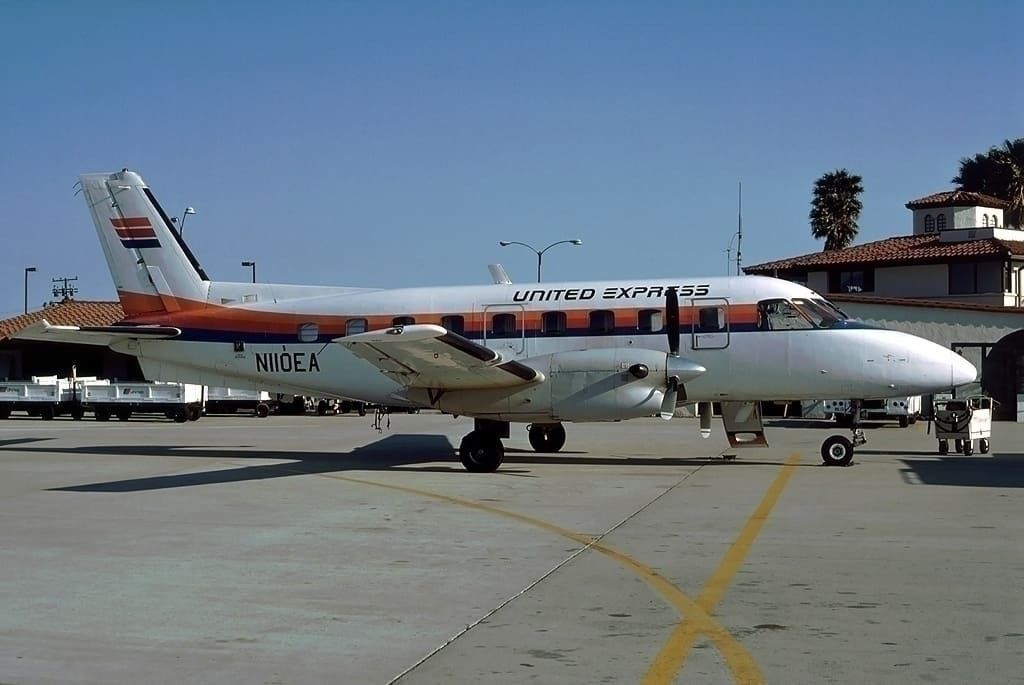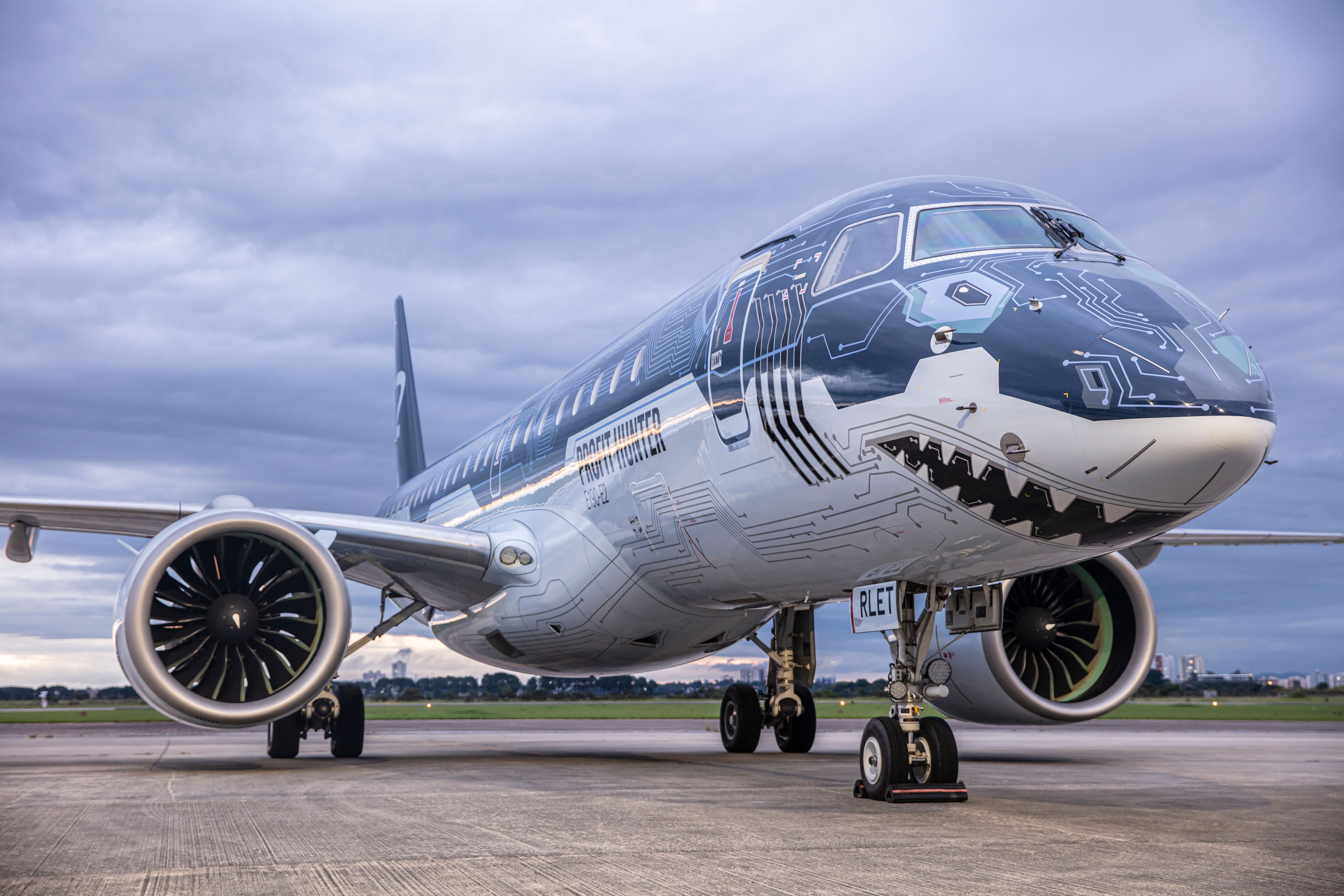On February 9th, 1973, the first Embraer EMB 110 was delivered to the Brazilian Air Force. Fifty years later, the EMB 110 is still going strong, and Embraer has developed into one of the major aircraft manufacturers of both civil and military aircraft in the world today.
That first delivery happened at Embraer's factory in São José dos Campos, around 100 kilometers (62 miles) from the bustling metropolis of São Paulo. The facilities have grown exponentially in the ensuing 50 years and today house the production of the Embraer family of regional E-jets, including the latest E195-E2.
The EMB 110 got the ball rolling
The EMB 110 played a major role in establishing Embraer, and Brazil, on the aerospace stage and was the forerunner for much of the company's success. Since it was founded in 1969, Embraer has produced more than 8,000 aircraft, and on average, every ten seconds a plane made by Embraer takes off somewhere in the world.
The project was first conceived as the IPD/PAR 6504 in 1965, and by the time of the first flight on October 22nd, 1968, it had been named the Bandeirante. The development came from a collaboration of 170 national companies, with the creation of Embraer in 1969 aimed at building an industrial structure for building the aircraft at scale and improving it along the way.
Embraer's pathway toward market leadership in the up-to-150-seat regional jet market was born with the EMB 110. The Bandeirante was developed to connect the far-flung regions of Brazil, such as the Amazon, Northeast and Midwest of the country. While it first entered service with the Brazilian Air Force (FAB), it was also designed to meet the requirements of the nation's airlines, including Transbrasil, VASP and Rio-Sul, who ordered the civil variant of the EMB 110.
Francisco Gomes Neto is the president and CEO of today's Embraer and said that the Bandeirante was the beginning of an important cooperation between the FAB and Embraer. He added:
"The aircraft was a milestone for the development of regional aviation worldwide and the first commercial success of the Brazilian aeronautical industry abroad.
"Robust and versatile, the result of an innovative project for the time, the Bandeirante was produced in versions for civil and military use, and it fills us with pride to know that many units are still in operation today."
Love aviation history? Discover more of our stories here
Destined for international success
The Bandeirante soon carved out a niche internationally, firstly with an order for the military version from Uruguay in 1975. In 1977, French airline Air Littoral became the first international customer of the civilian variant, a precursor to the success the EMB 110 would achieve in the regional airline markets of North America.
In its initial role with the FAB, the EMB 110 performed various roles, including pilot training, transport of people and supplies and paratroop missions. The robustness of the airplane made it a perfect fit for missions in remote and difficult-to-access regions, such as the Amazon, for logistical flights and humanitarian support.
A total of 498 Bandeirante aircraft were delivered to 36 countries, making it one of the best-selling aircraft in its category. A little-known fact is that the EMB 110 was the first aircraft in the fleet of Ryanair, a pioneering airline that now operates more than 500 aircraft. It was the plane that got Embraer off the ground and connected communities in regional and remote locations, a mission Embraer is still focused on more than 50 years later.
What do you think about the Bandeirante and its place in aviation? Let us know in the comments.





